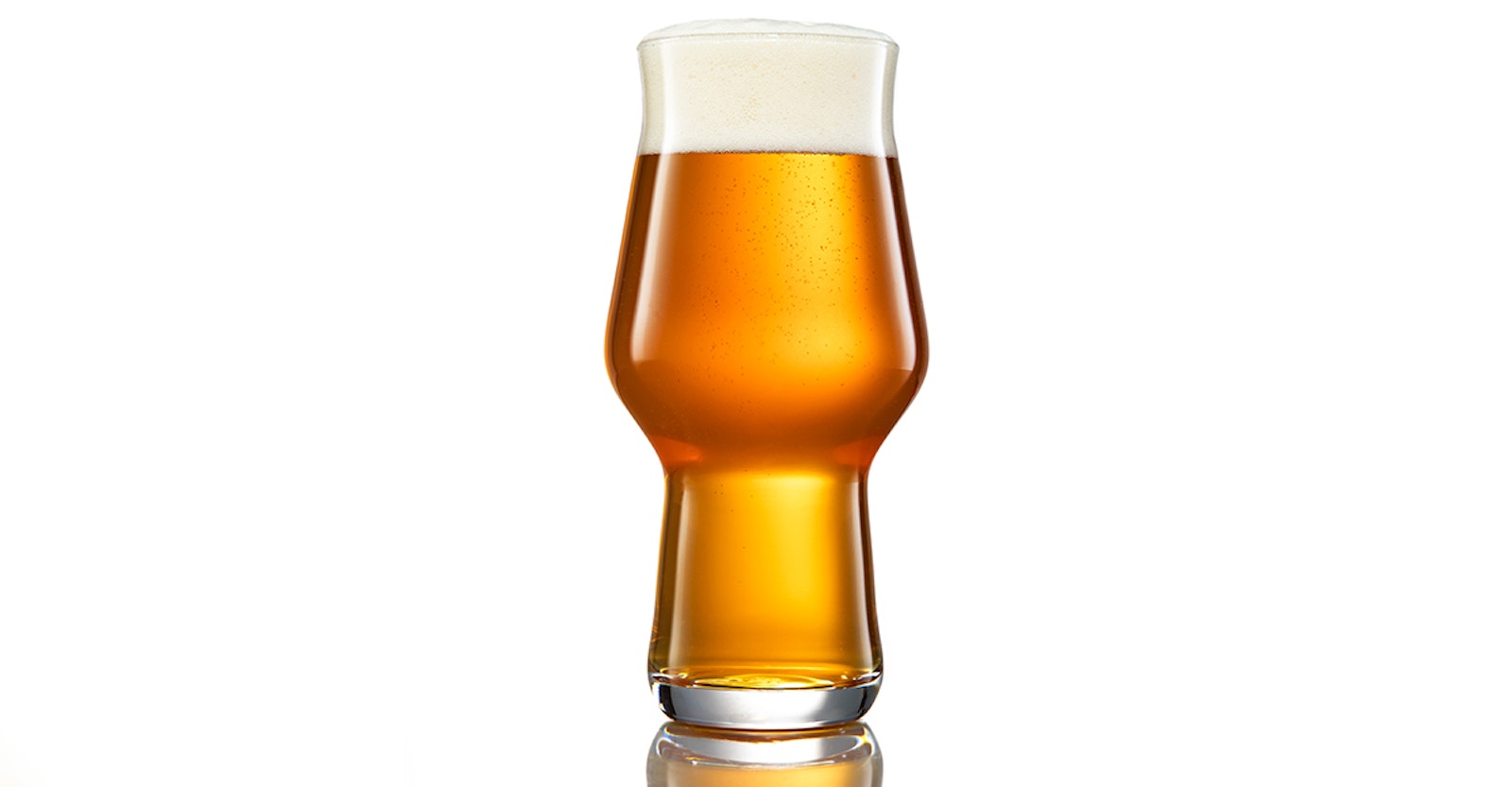All Access Subscribers can download the Beersmith and BeerXML version of this recipe. Subscribe today.
This recipe avoids crytal malt and embraces lager yeast fermented at ale temps for a lighter and brighter embrace of Cascade hops. For more about updating this foundational craft beer style, see American Pale Ale: The Comeback of the Classic.
ALL-GRAIN
Batch size: 5 gallons (19 liters)
Brewhouse efficiency: 72%
OG: 1.055
FG: 1.012
IBUs: 37
ABV: 5.6%
MALT/GRAIN BILL
10 lb (4.5 kg) Vienna
8 oz (227 g) Victory
8 oz (227 g) Light Caramunich
HOPS SCHEDULE
1.8 oz (51 g) Cascade at 60 minutes [33 IBUs]
1.2 oz (34 g) Cascade at 5 minutes [4 IBUs]
0.5 oz (14 g) Cascade at flameout/whirlpool
YEAST
Fermentis SafLager W-34/70 or similar
DIRECTIONS
Mill the grains and mash at 152°F (67°C) for 90 minutes. Recirculate until the runnings are clear, then run off into the kettle. Sparge and top up as necessary to get about 6 gallons (23 liters) of wort, depending on your evaporation rate. Boil for 60 minutes, adding hops according to the schedule. After the boil, chill the wort to about 68°F (20°C), aerate, and pitch the yeast. Ferment at 68°F (20°C) for 7 days, then allow the temperature to rise to room temperature and hold for an additional 7 more days. Crash to 35°F (2°C), then package and carbonate to about 2.25 volumes of CO2.
BREWER’S NOTES
Let the relatively long mash and warmish (for lager yeast) fermentation temperature do their thing here. The result should be a well-attenuated, brightly hoppy pale ale with a nice cracker-and-nut malt backbone. Also—and I know this is a big ask—avoid the temptation to dry hop this beer. You’ll get plenty of hop flavor and aroma from the late additions, while dry hopping can make it overly resinous and mask the fruity-floral flavors from the hop oils. Last, play around with some foreign-grown Cascade hops—if you can source them—to see how different they all are, even when derived from the same species.

